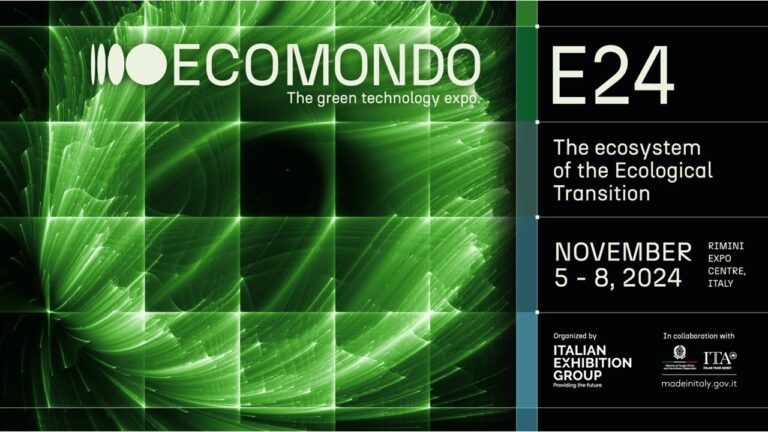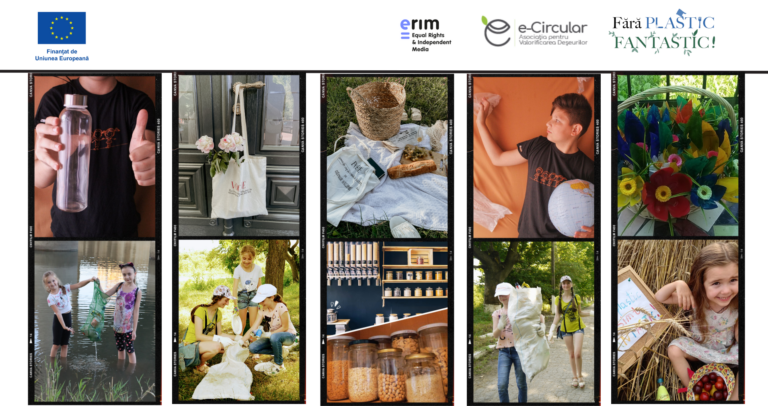Organic waste
Details
Biodegradable waste represents a considerable part of daily household waste, over 50-65%. Their processing can be done easily, imitating the natural processes of decomposition of organic matter by specific microorganisms in nature, such as composting. Composting mimics the cycles of nature, only in a human-directed way. This can be done individually, in one's own yard, in the adjacent park or on a larger scale, involving the whole community. In any case, organic waste must be collected separately and used as a resource.
Why recycle organic waste?: by correctly recycling biodegradable waste, we naturally improve soil quality. Year after year, soils are depleted of nutrients and beneficial compounds for a number of reasons. The fertilizers obtained from the recycling of organic masses are natural fertilizers, which reintegrate valuable compounds back into the soil (nitrogen, calcium, phosphorus, potassium). By increasing the content of organic matter in the soil, the structure of the soil is improved, the water retention capacity of the soil increases, which favors plant growth and leads to richer harvests. It also considerably increases the capacity to absorb CO2 from the atmosphere.
What can we compost?: biodegradable kitchen and household waste – all fruit and vegetable scraps, eggshells, coffee grounds, stale food (from cereals), food scraps, used paper napkins, pizza boxes, dried flowers or remains of indoor plants; waste from animals - manure, that from backyard birds, from rabbits or other domestic animals, used straw, feathers, hair, etc.; garden debris – dried flowers, grass, dry leaves, branches, bark, weeds, residues from garden landscaping, cutting shrubs, hedges, etc.
It is collected selectively and stored in composters or handed over for processing to an authorized operator.
How to compost individually:
- Preparation: set up in the yard or in a comfortable, preferably shady place, it can also be shared with other neighbors - the composter for treating organic waste. First, a loose layer of unshredded material of about 20 cm is laid down, the cuttings of branches, straw or flower stems being recommended, to promote the elimination of excess water and at the same time for ventilation.
- Sorting at the source: organic waste is collected separately in a bucket, dumpster or other container at hand - vegetable, fruit, egg peels, coffee grounds, plant residues, leaves, etc. It is recommended to shred larger debris before placing in the crate (watermelon rinds, corn cobs, etc.).
- Optional: to increase the natural process of biodegradation and reduce the possible odor naturally produced by organic waste, efficient EM microorganisms can be used, which increase the natural processes of fermentation, reduce the volume of waste but also the odor. Their effect is similar to the process of "mhardening", also contributing to the improvement of the fertile quality of the compost obtained at the end. Effective EM microorganisms are applied over the biodegradable waste, which is left in a closed container (let it be an anaerobic environment) for 10-15 days, after which the organic mass is dumped into the composter.
NOT included: It is strictly not recommended to put glass, any kind of metal or plastic as well as any kind of waxed paper, the remains of oils and paints, dust from vacuum cleaners, ash or coal, treated or painted wood, animal fats, remains of dairy products, sand, gravel, dog or cat excrement, disposable diapers, etc. Extremely toxic are batteries, accumulators, pesticides, some drug residues and other harmful chemicals.
Note: Bones and animal waste can attract rodents and other animals to the compost pile. It is recommended to collect them separately.
Branches, roots, dry trees and other fibrous waste could be used in the production of mulches, but also in the production of biofuel – briquettes/pellets. Go to the following link to find List of biofuel producers, where organic waste with calorific potential could be handed over.
We don't set fire to the leaves:




